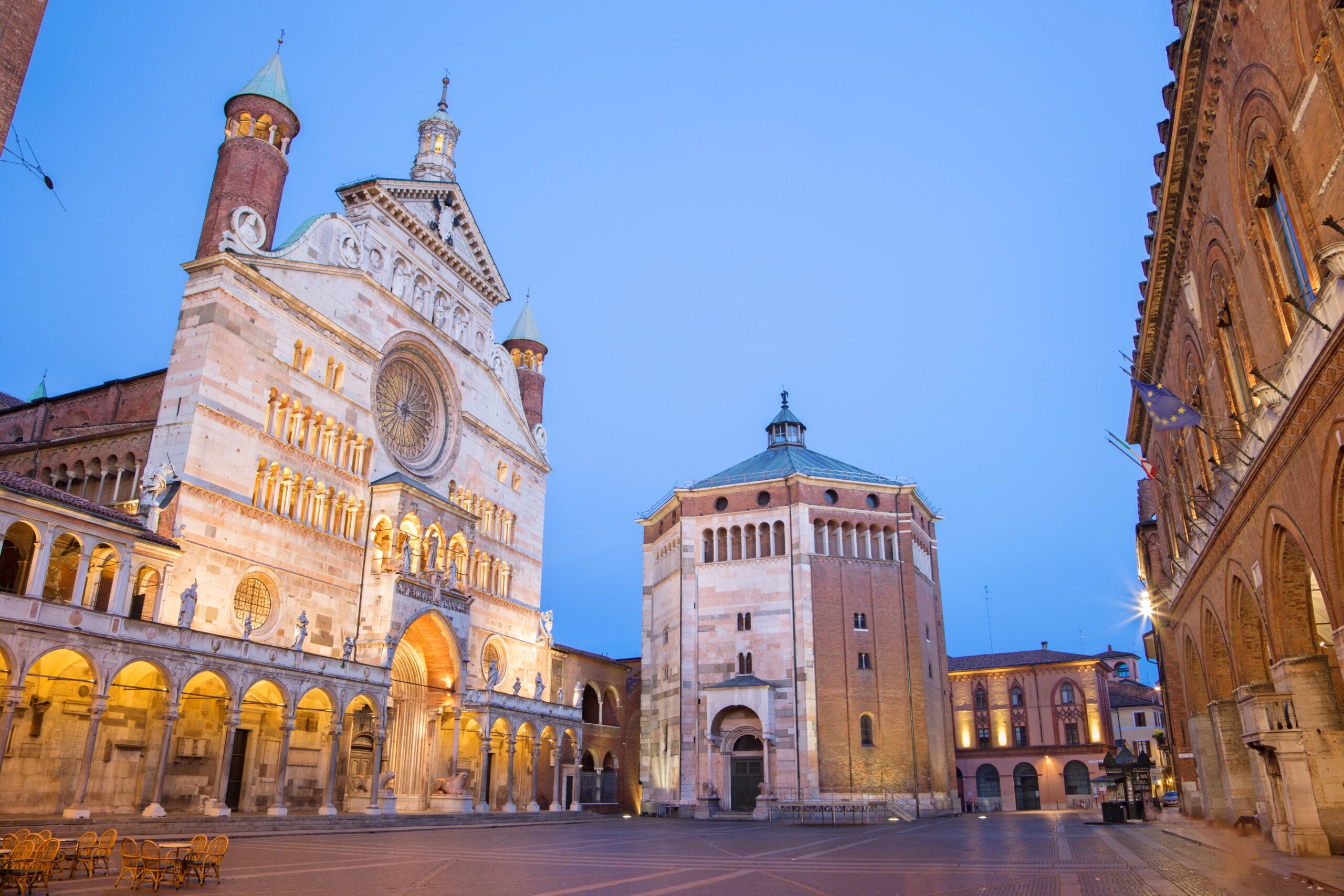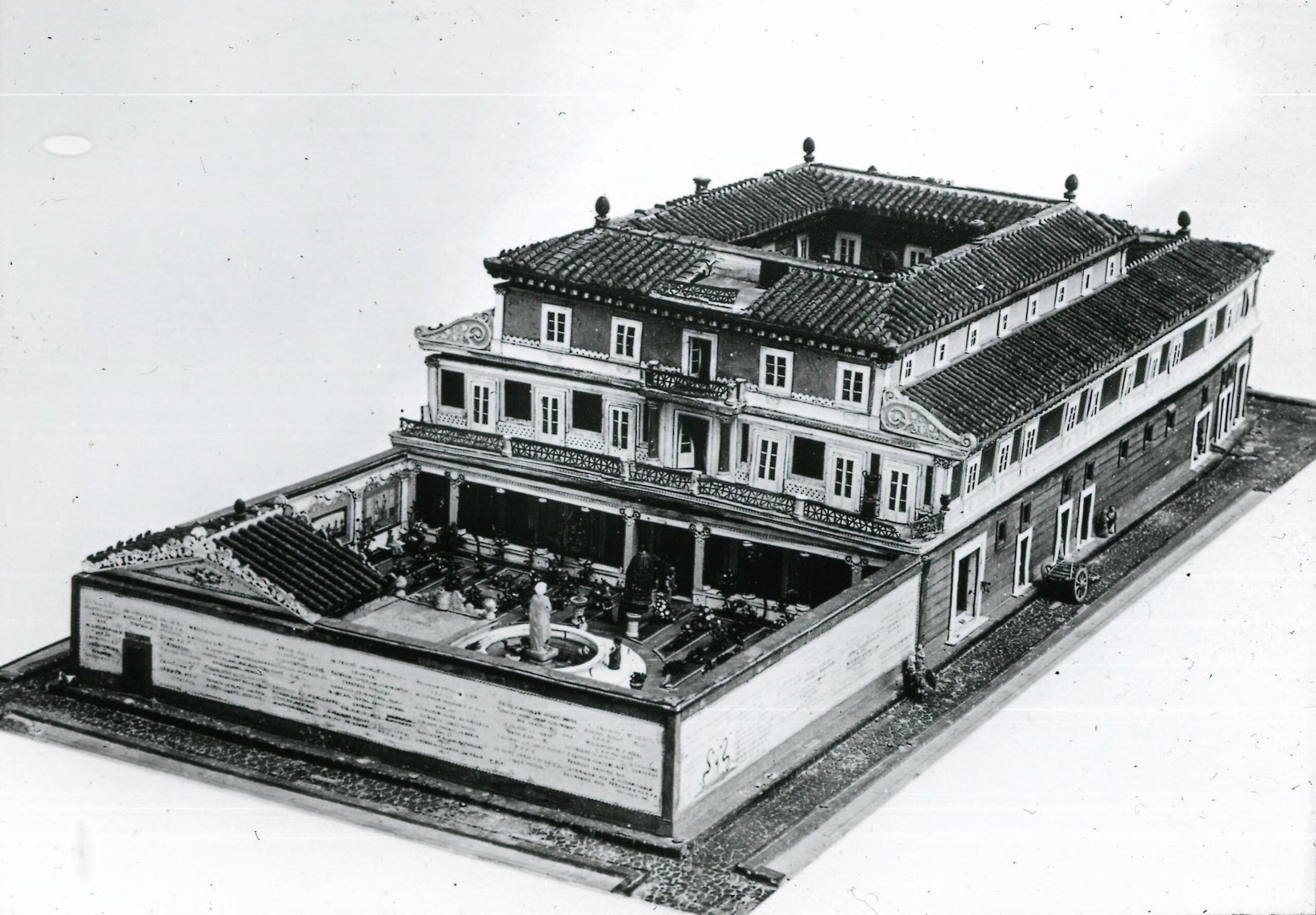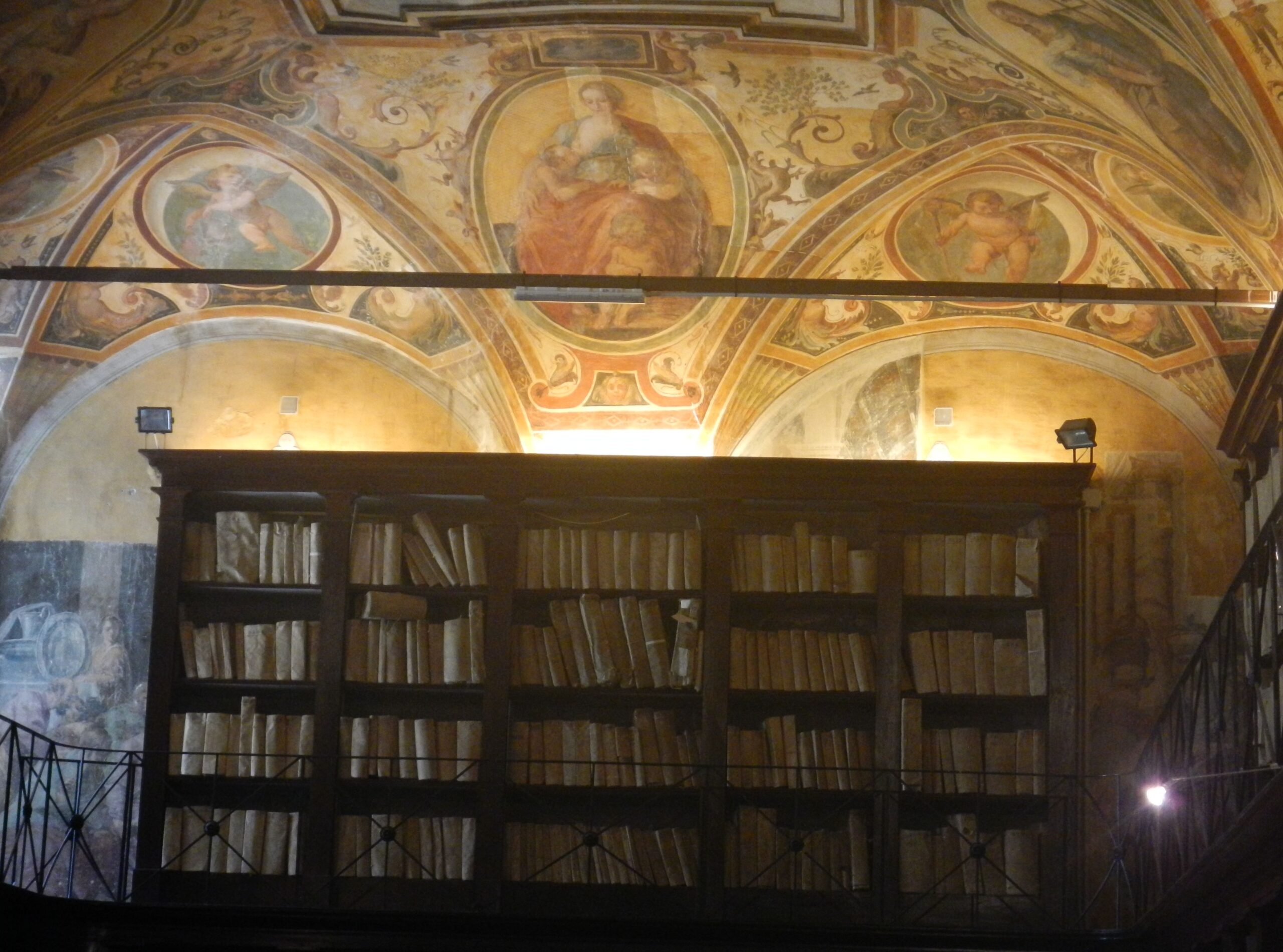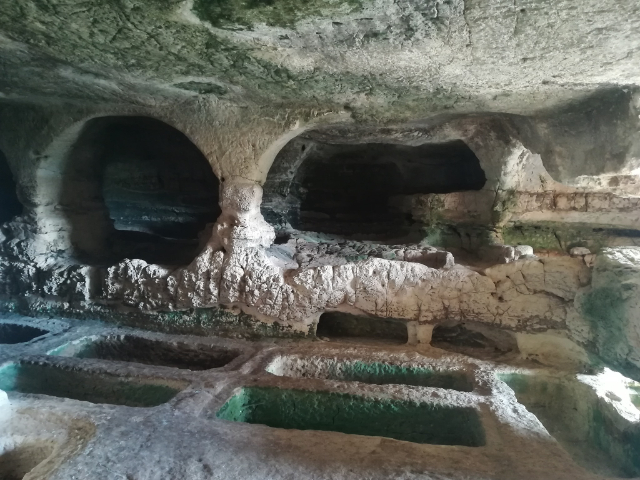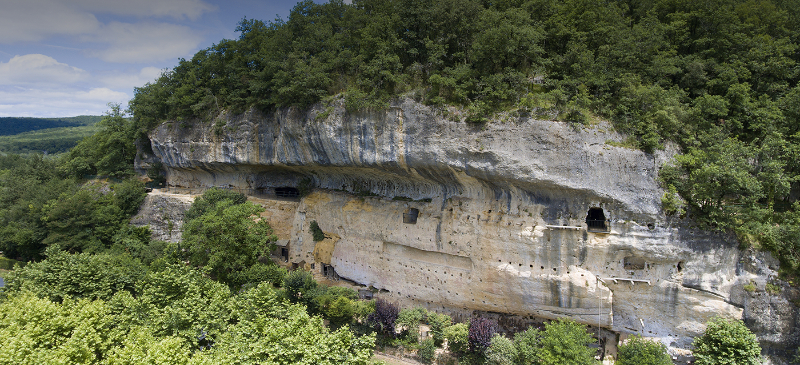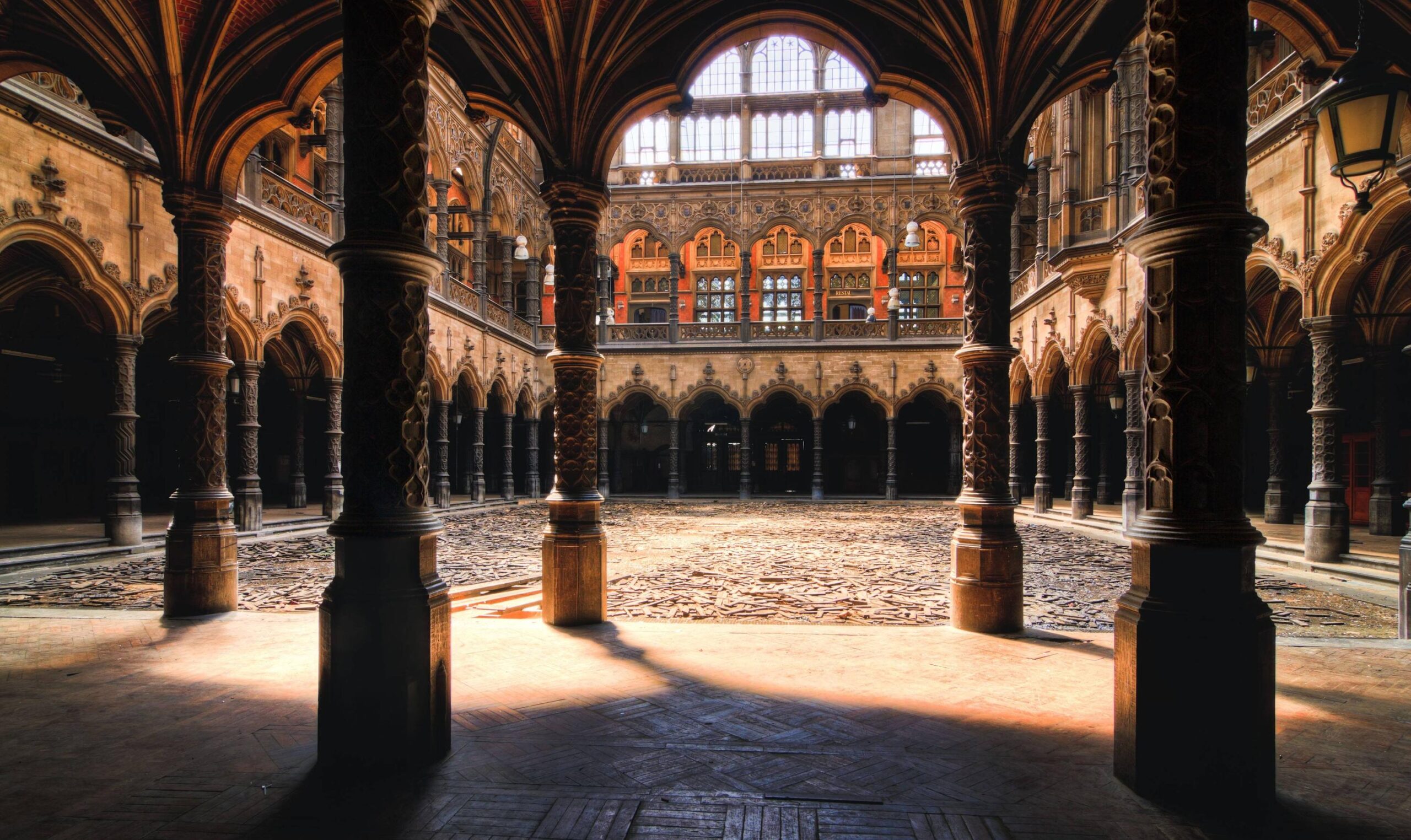The city of Cremona, in northern Lombardy, is a city of art and music, home to famous musicians and composers such as Claudio Monteverdi and Amilcare Ponchielli, who have always been considered the world capital of the violin. Everything in Cremona is about music and violin making. The approximately 140 violin workshops, a third of which are foreign owned (25 non-European), hand down the tradition of the old masters. In addition, the historical collections present, and their importance in the field of music, contribute to make Cremona a unique center of violin making on an international level. It was the birthplace not only of Antonio Stradivari, the still unsurpassed master luthier, but also of the modern violin and a series of craftsmen who made some of the most beautiful stringed instruments known to man.
Antonio Stradivari, the most famous violin maker in Italy, produced over 1,100 violas, guitars, cellos and violins. About 600 of his instruments still exist today. They are often called Stradivari, or abbreviated to Strad, of legendary stature. Although Stradivari was known as a luthier during his lifetime, his instruments did not become popular until the early 19th century, when the incisive, powerful and perfect tone was considered ideal for either the intimacy of a chamber music hall or the vastness of an orchestral auditorium. Italian violin makers of the 17th and 18th centuries had nearby workshops in Cremona and most likely used the nearby woods of the southern Alps as a source of wood, the spruce. Stradivari’s instruments seemed to be made with something special and for more than 250 years they tried to discover its secret. According to a great violin virtuoso Nicolò Paganini, Antonio Stradivari used only " the forest of trees on which the nightingales sang ". Even the wood he used had an unusual consistency for the wood because of the freezing conditions of the 17th century, "Little Age Ice", where he had grown up.
